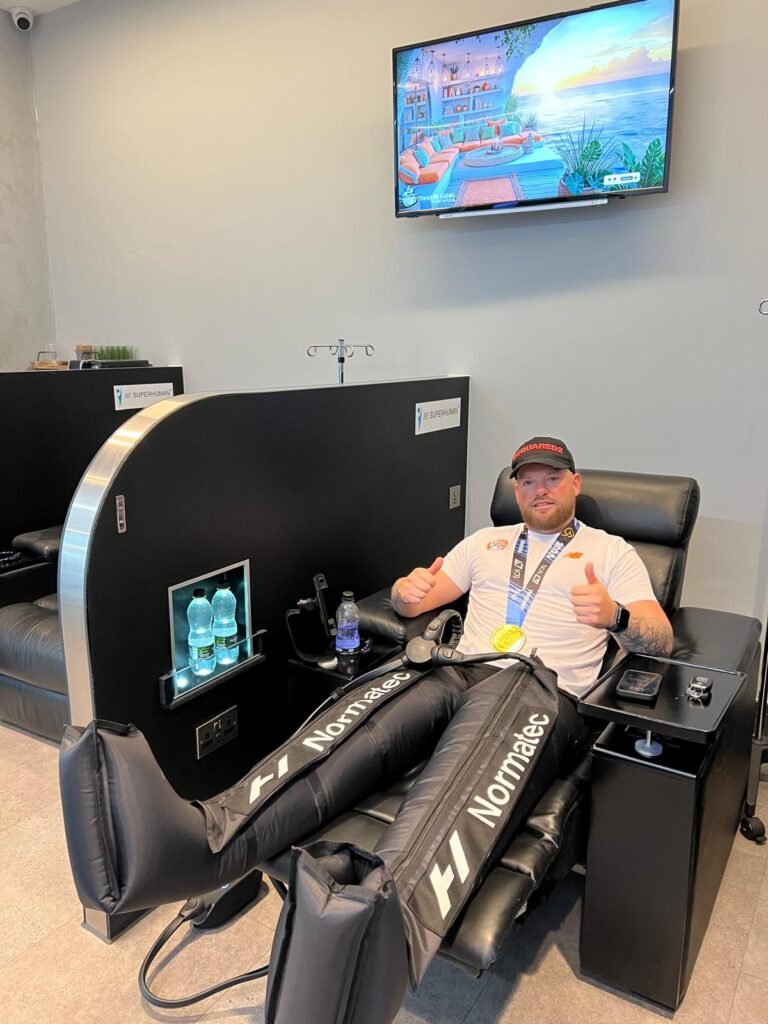
Compression therapy uses controlled pressure to increase blood flow in your legs and improve blood flow to the heart. At the same time, it supports your veins and decreases swelling. The amount of compression can vary considerably Trusted Source, depending on the type of material used, how firmly it’s applied, and your movement.

